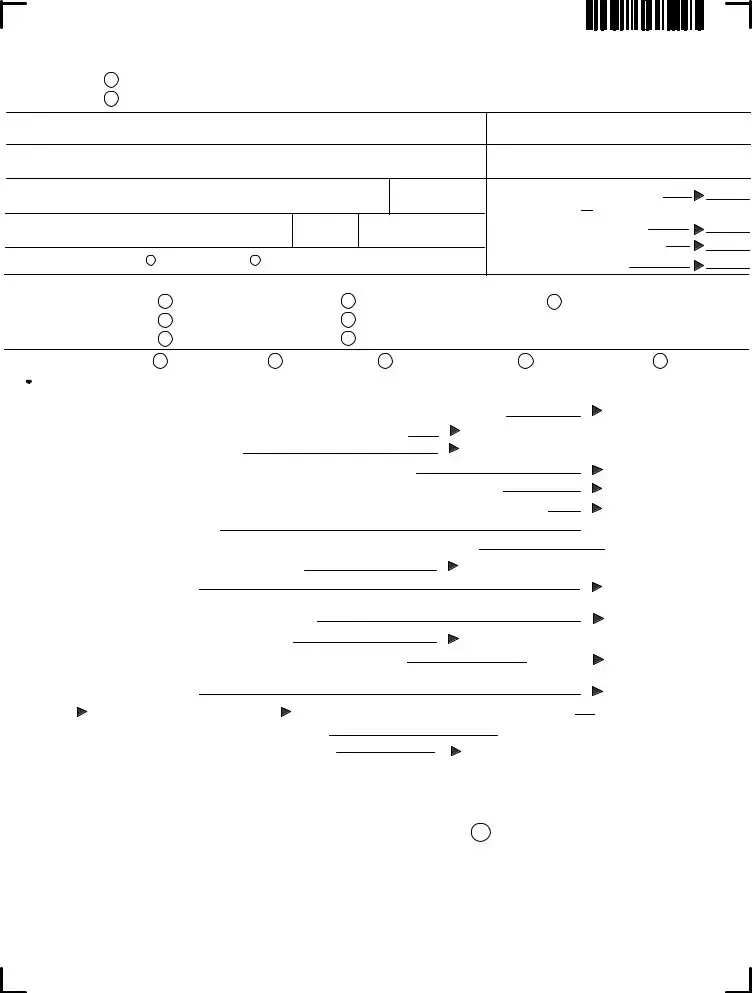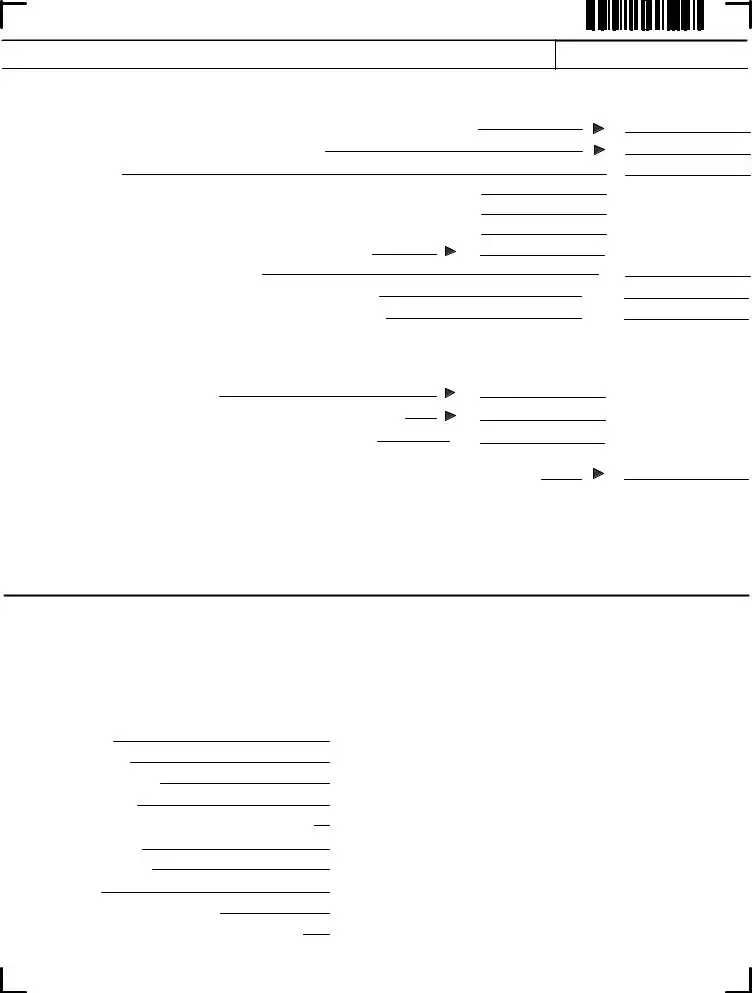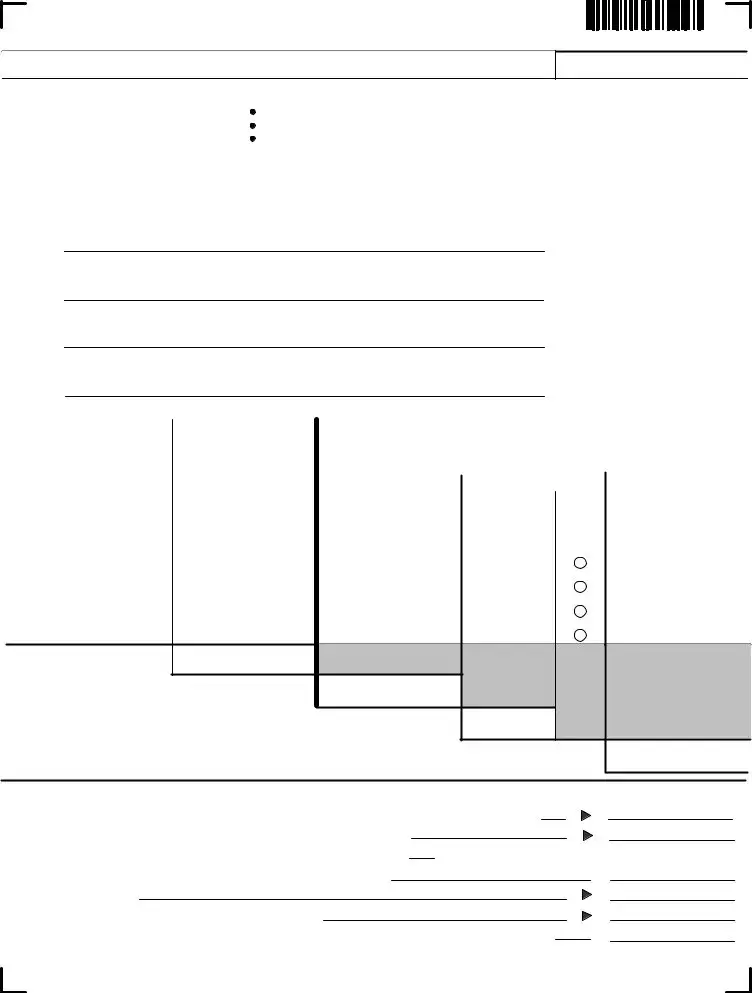The North Dakota 38 form, officially designed for the Office of State Tax Commissioner, serves as a crucial document facilitating fiduciary income tax return filings for the calendar year 2009. Suitable for various entities such as estates, trusts (simple, complex, qualified disability trust, and grantor types), bankruptcy estates under chapters 7 and 11, and other specified entities, this form captures a wide spectrum of financial activities. Its comprehensive structure requires information concerning the estate or trust's federal Employer Identification Number (EIN), the residency status of the fiduciary (indicating whether the entity is a resident, nonresident, or falls under another category), and the type of entity filing the return. Moreover, it meticulously outlines the total number of beneficiaries, segregating them into resident individuals, nonresident individuals, and other types of beneficiaries, thus ensuring appropriate tax calculations and compliance. The form allows for various adjustments to the fiduciary's taxable income, including credits for income tax paid to other states, withholding from non-resident individual beneficiaries, and composite income tax elections, underscoring the intricate interplay between federal and state tax obligations. The precise detail requested ensures accuracy in reflecting the fiduciary's financial undertakings within North Dakota, catering to the unique tax considerations necessary for these specific entities.












 5
5  6
6